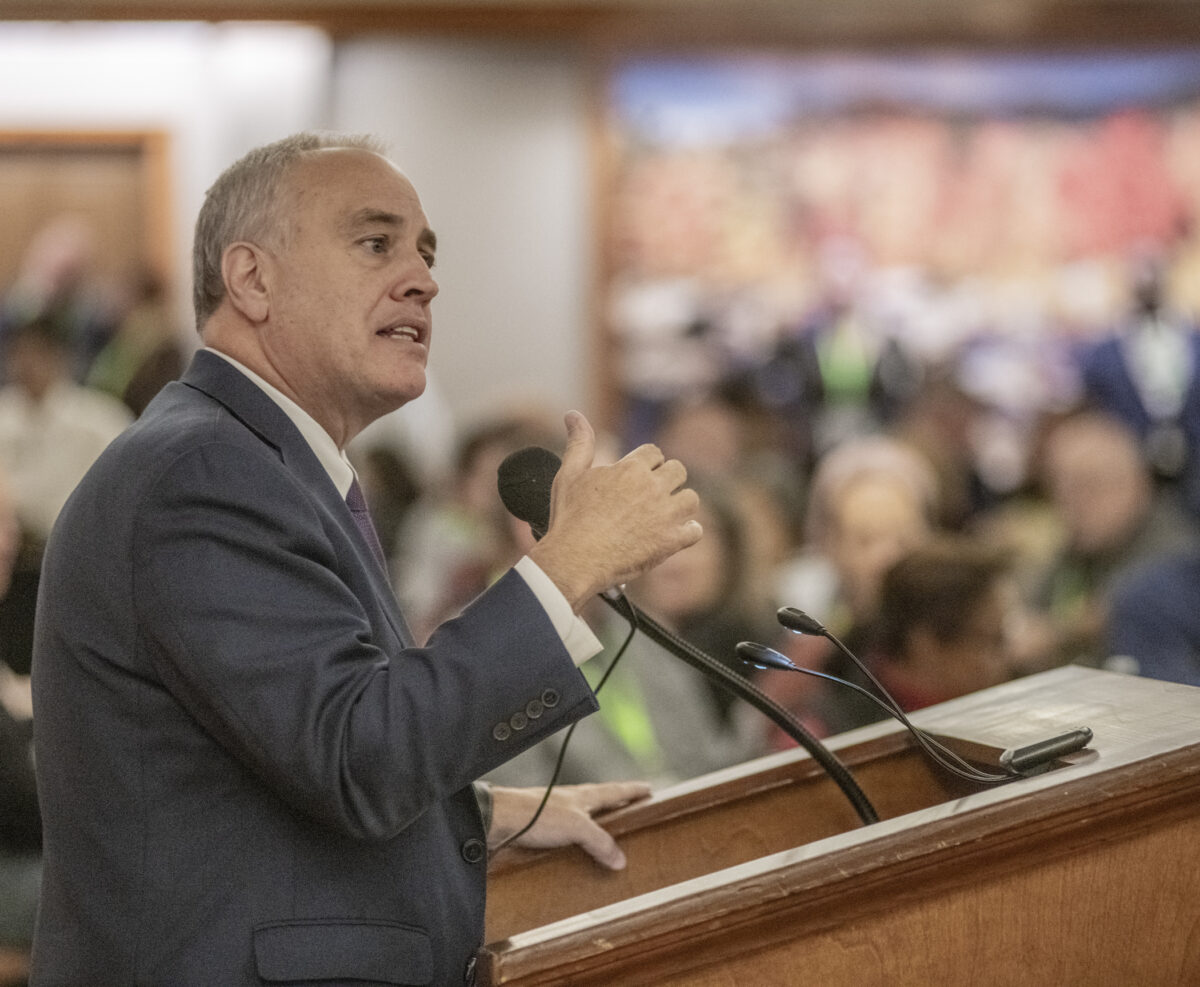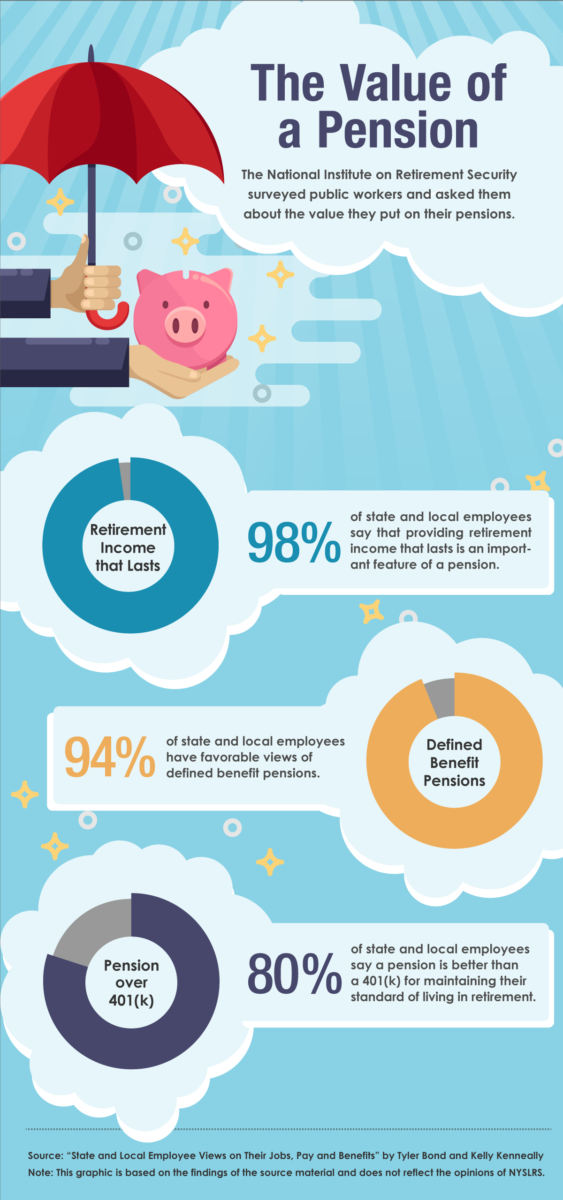Comptroller Thomas P. DiNapoli’s efforts to prevent and stop pension fraud help protect the integrity of NYSLRS and the retirement security of its members and beneficiaries.
The Comptroller’s Office works with law enforcement and local prosecutors to help root out pension fraud. Over the last several years, these investigations have led to dozens of arrests and the recovery of millions of dollars.

Recent Pension Fraud Cases
- A Dutchess County woman failed to notify NYSLRS about her mother’s death and continued to collect her mother’s pension checks. She collected nearly $42,000 before she was caught, and pleaded guilty to petit larceny in July 2019. She was sentenced to three years’ probation and has agreed to pay full restitution.
- A Westchester County woman kept her deceased mother’s deposited pension checks and spent the money on personal expenses, including cellphone and utility bills. The amount she stole from the retirement system totaled $60,288. She pleaded guilty to a felony grand larceny charge and was sentenced to five years’ probation. She also paid back $22,000, part of her requirement to make full restitution.
- Two Westchester County sisters are accused of concealing their mother’s death to collect nearly $22,000 of her retirement benefits from 2013 to 2015. They’re charged with third-degree grand larceny, a felony.
Comptroller DiNapoli is also committed to fighting public corruption in state and local government. He partners with law enforcement to bring corrupt officials to justice and recoup stolen taxpayer money.
Since he took office in 2007, DiNapoli’s anti-corruption initiatives have resulted in more than 200 arrests and the recovery of $60 million in taxpayer money.
How You Can Help
The Comptroller encourages the public to report allegations of wrongdoing by:
- Calling the toll-free Fraud Hotline at 1-888-672-4555;
- Filing a complaint online; or
- Mailing a complaint form to:
Office of the State Comptroller
Division of Investigations, 8th Floor
110 State Street
Albany, NY 12236.





 Since taking office, New York State Comptroller Thomas P. DiNapoli has fought against the abuse of public funds. One of his top priorities is to protect the New York State and Local Retirement System (NYSLRS) from pension scammers.
Since taking office, New York State Comptroller Thomas P. DiNapoli has fought against the abuse of public funds. One of his top priorities is to protect the New York State and Local Retirement System (NYSLRS) from pension scammers. Since taking office,
Since taking office,  Since taking office,
Since taking office, 